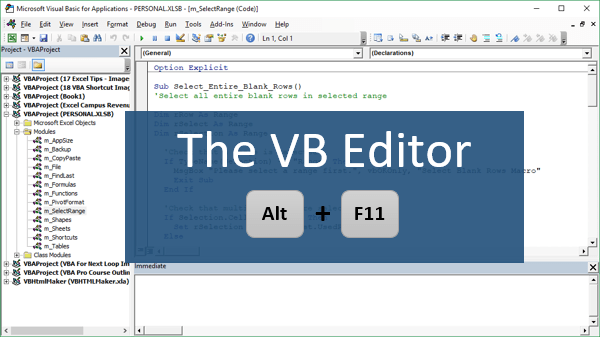
The main difference in file hashing is that the file is first turned into a string before using conventional techniques.
Hashes can also be made from entire files, and the code for doing so differs only slightly from the string hashing versions given below. Then, even if the hash is changed, the files needed for the logon attempt cannot be decrypted for use. The counter action against this attack is for all of the logon files to be encrypted with the user's officially issued password. If a hacker can change the memory contents, then a common exploit is to change the hash in memory for one of their own one that corresponds to a password that they can use at the user logon interface. This method assumes that the code cannot be run by the intruder at any location other than the logon device, and that they are unable to change the memory contents. This avoids access to the application via the conventional user route, since any hash that is found could not be reverse engineered to obtain the value needed at the user interface. Instead, the hash of the password is listed in code, and the password is hashed for comparison only during a logon. The memory space occupied by an application can be read with special utilities, so passwords might be be found in code, then used in a normal user login. 

The use of a hash allows programmers to avoid the embedding of password strings in their code.Hashes can be used as the basis of pseudo random character tables, and although not purely random, such methods can produce output quality that is at least as good as the in-built Rnd() function of VBA.

That is to say, just a change in one character at the start will produce a completely different output.
HOW TO OPEN MICROSOFT VISUAL BASIC FOR APPLICATIONS CRACKED
Hashes cannot be easily cracked to find the string that was used in their making and they are very sensitive to input change. A hash is an output string that resembles a pseudo random sequence, and is essentially unique for any string that is used as its starting value.The VBA code below generates the digests for the MD5, SHA1, SHA2-256, SHA2-384, and SHA2-512 hashes in this case for strings.







 0 kommentar(er)
0 kommentar(er)
